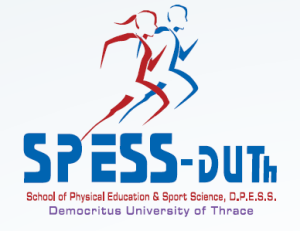Motor and Graphomotor performance of students aging from 5 to 10 years old
The purpose of the study was to examine: a) the graphomotor skills of students with high, average and low motor performance and b) the relationship between motor and graphomotor skills. The total sample consisted of 275 kindergarten and elementary school students in Athens, Greece (138 boys and 137 girls), who were examined in the BOTMP-SF and the five graphomotor items of BOTMP-LF. The ANOVA revealed significant differences among the three groups (F = 19.726, p < .001, η2 = .150) and the Least Significant Difference-LSD post hoc method revealed that the „high‟ group (Mz = 1.02, SDz = .82) scored significantly higher than the „average‟ group (Mz = .60, SDz = .87) which, in turn, scored significantly higher than the low motor performance group (Mz= -.70, SDz = 1.51). Finally, the graphomotor performance was significantly predicted, through stepwise multiple regression, from five gross motor skills (running speed and agility, standing on preferred leg-static balance, walking on balance beam-dynamic balance, tapping feet alternative while making circles with fingers and standing broad jump). Overall, physical educators and teachers may consider that the motor and graphomotor skills of their students constitute interrelated academic elements.
Motor and Graphomotor performance of students aging from 5 to 10 years old Read More »






